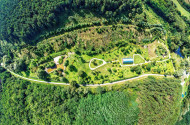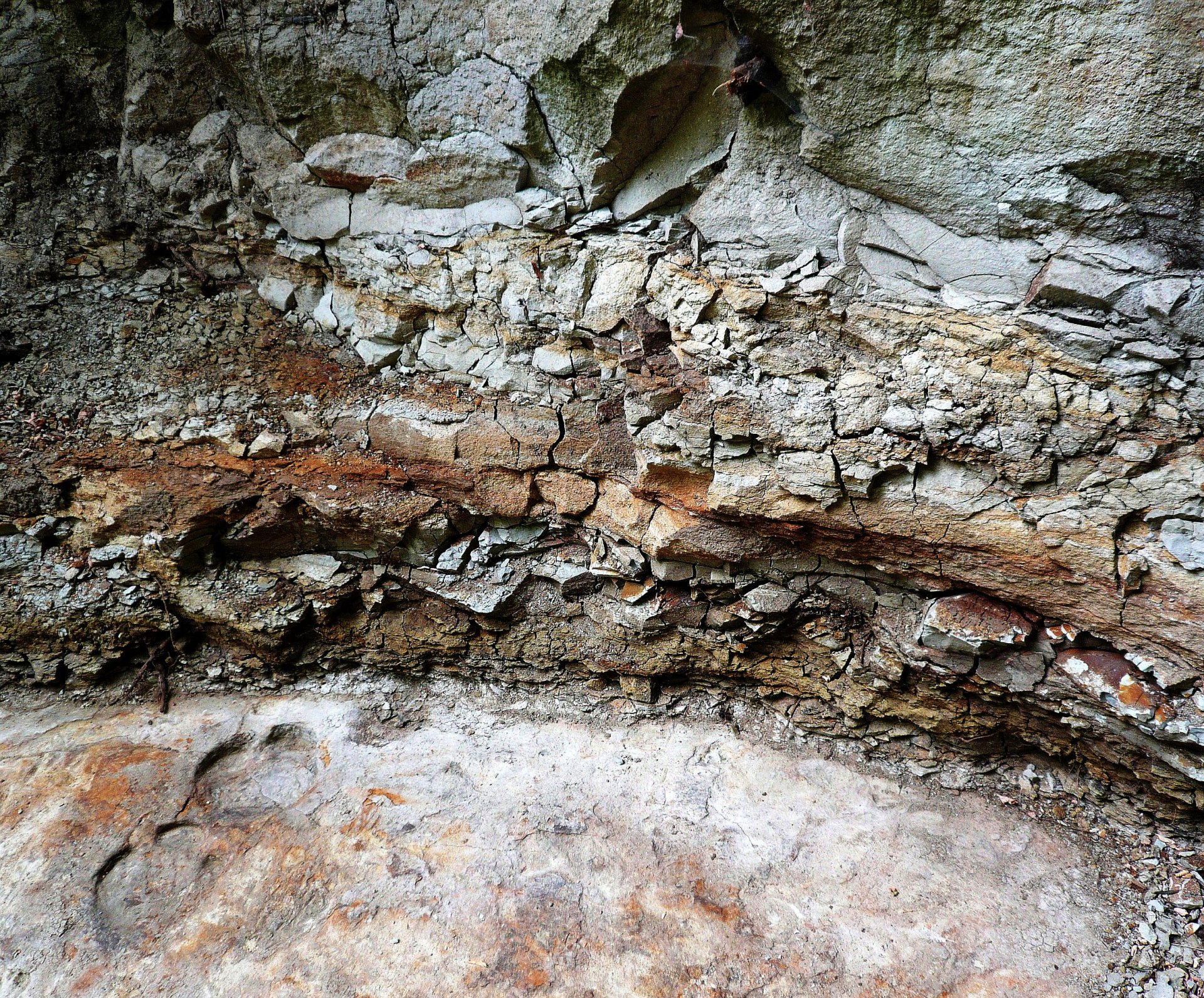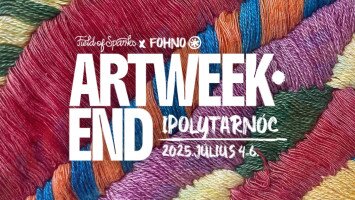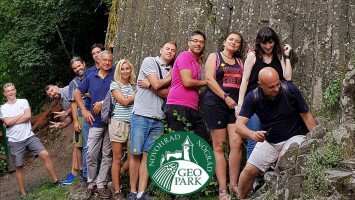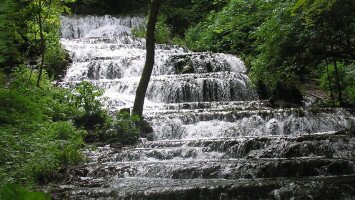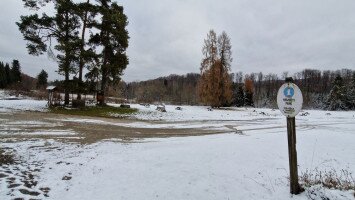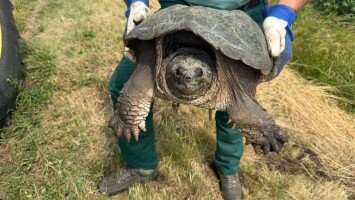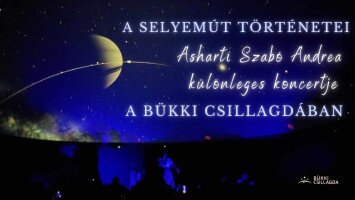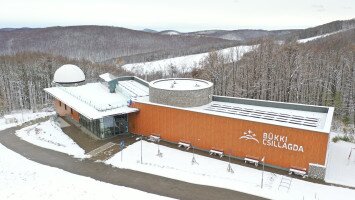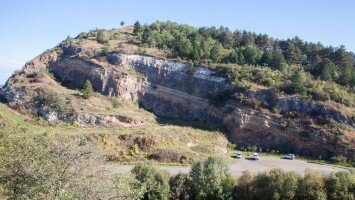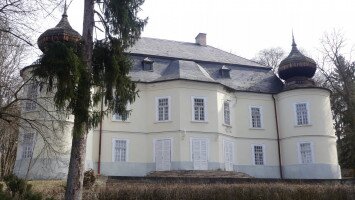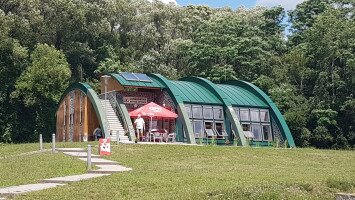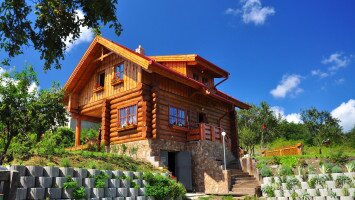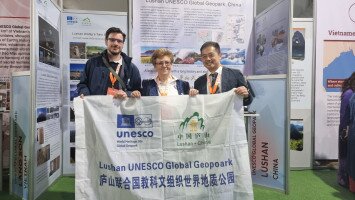
The European Geoparks Week, taking place at late May early June each year, is a European – wide festival of Geoparks aimed at raising public awareness of geoconservation and promotion of the geological heritage as well as events aimed at informing the wide public about geotouristic and educational activities in geoparks. The Ipolytarnoc Fossils as the main gateway to the trans-national Novohrad-Nógrád UNESCO Global Geopark takes part in this special event.
The program on June 3 will also provide proof of this, but let's not rush forward, because there will be something special on May 28-29 and the first of June as well, it will be worth revisiting the geosite.The program on June 3 will also provide proof of this, but let's not rush forward, because there will be something special on May 28-29 and the first of June as well, it will be worth revisiting the geosite.The program on June 3 will also provide proof of this, but let's not rush forward, because there will be something special on May 28-29 and the first of June as well, it will be worth visiting the area.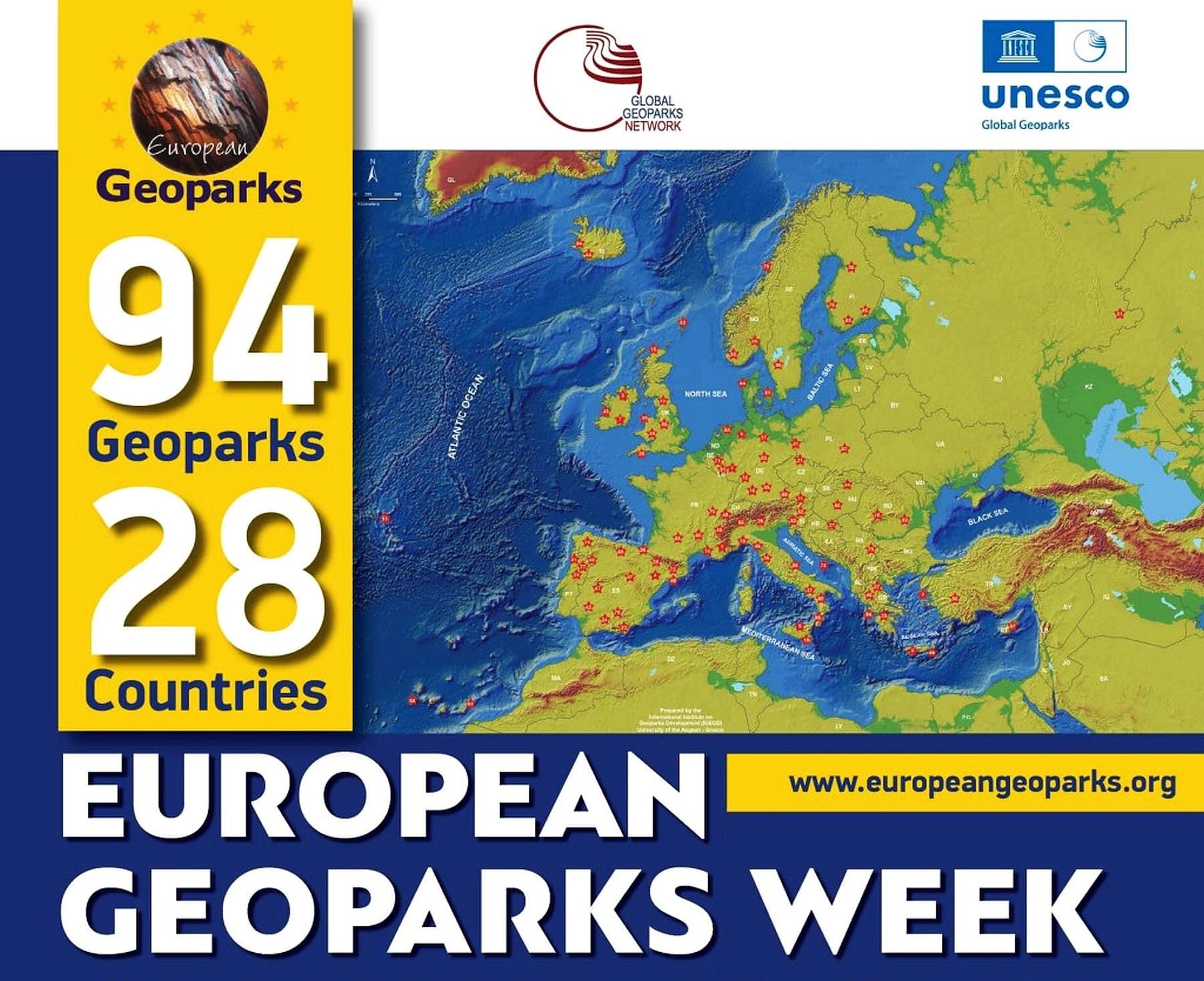
The EGN Week's events are available on the main website of the Geopark. To join them, between May 23 and June 04 the specialists of the Bükk National Park Directorate (one of the main stakeholders of the geopark) organise special programs to celebrate the EGN Week at Ipolytarnoc Fossils.
In addition to the dynamic life of our Earth and climate change, participants can also learn about the latest paleontological discoveries of the Prehistoric Pompeii on the guided tours of the geological study trail.
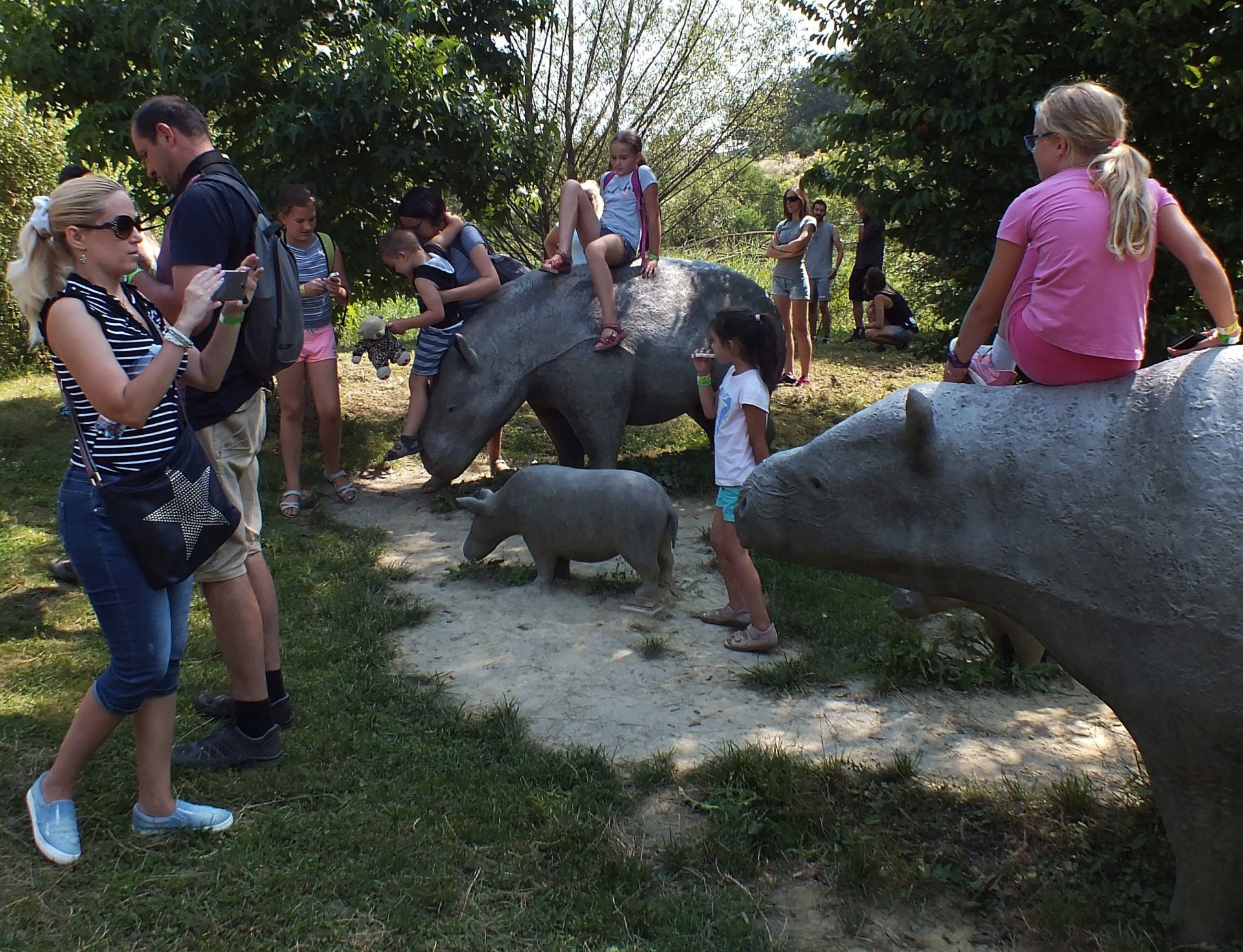
On May 27, starting at 11:45 a.m., participants can take part in a Miocene Ancient World thematic tour from the Bükkábrány trees of the Lake Pannon to the ancient sea full of with giant sharks. Only pre-registered participants can take part in the thematic tour (HUF 3,000 / person), the intention to participate can be indicated in an email received by ipolytarnoc@osmaradvanyok.hu by 26 May.
But the celebration of the EGN Week is not limited only to the territory of the Geopark. By special request of the organizers, on Pentecost Sunday, May 28 our Geopark with the Ipolytarnoc Fossils will appear as part of the Margaret Island (Budapest) Dino festival's family program before the Jurrasic Park movie-music-concert. See, Ipolytarnoc and its cross-border geopark really knows no boundaries!
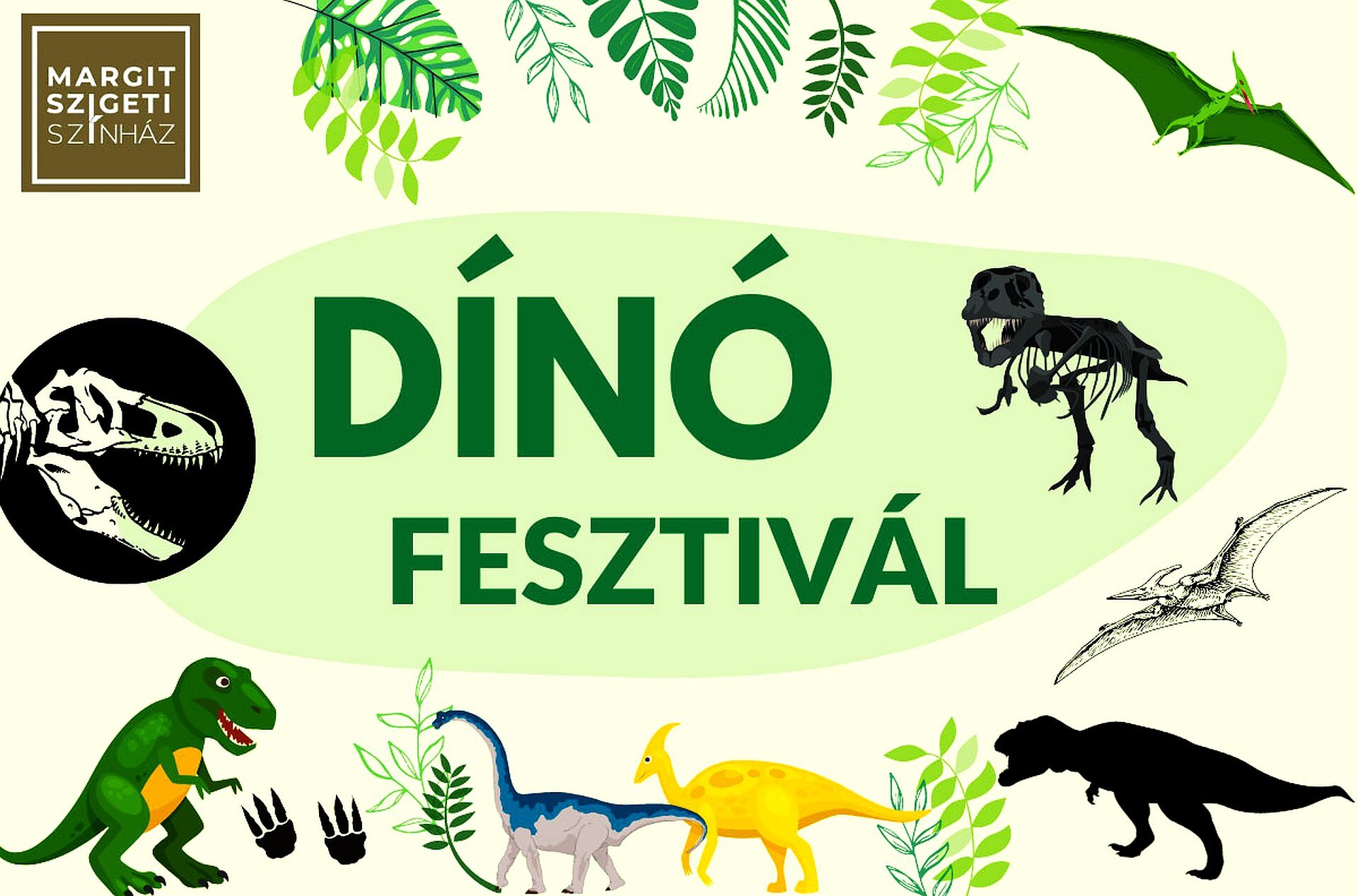
he program on June 3 will also provide proof of this, but let's not rush forward, because there will be something special on May 28-29 and the first of June as well at Ipolytarnoc, it will be worth revisiting the geosite.
Back in Ipolytarnóc, on May 28, there will be special children's day programs next to the shark pond of the Lombkorona café: bouncy castle, face painting, treasure hunt, crafts and a clown show starting at 1:30 p.m.! On this day, they also offer hot pot stew and local garlic cake-bread.
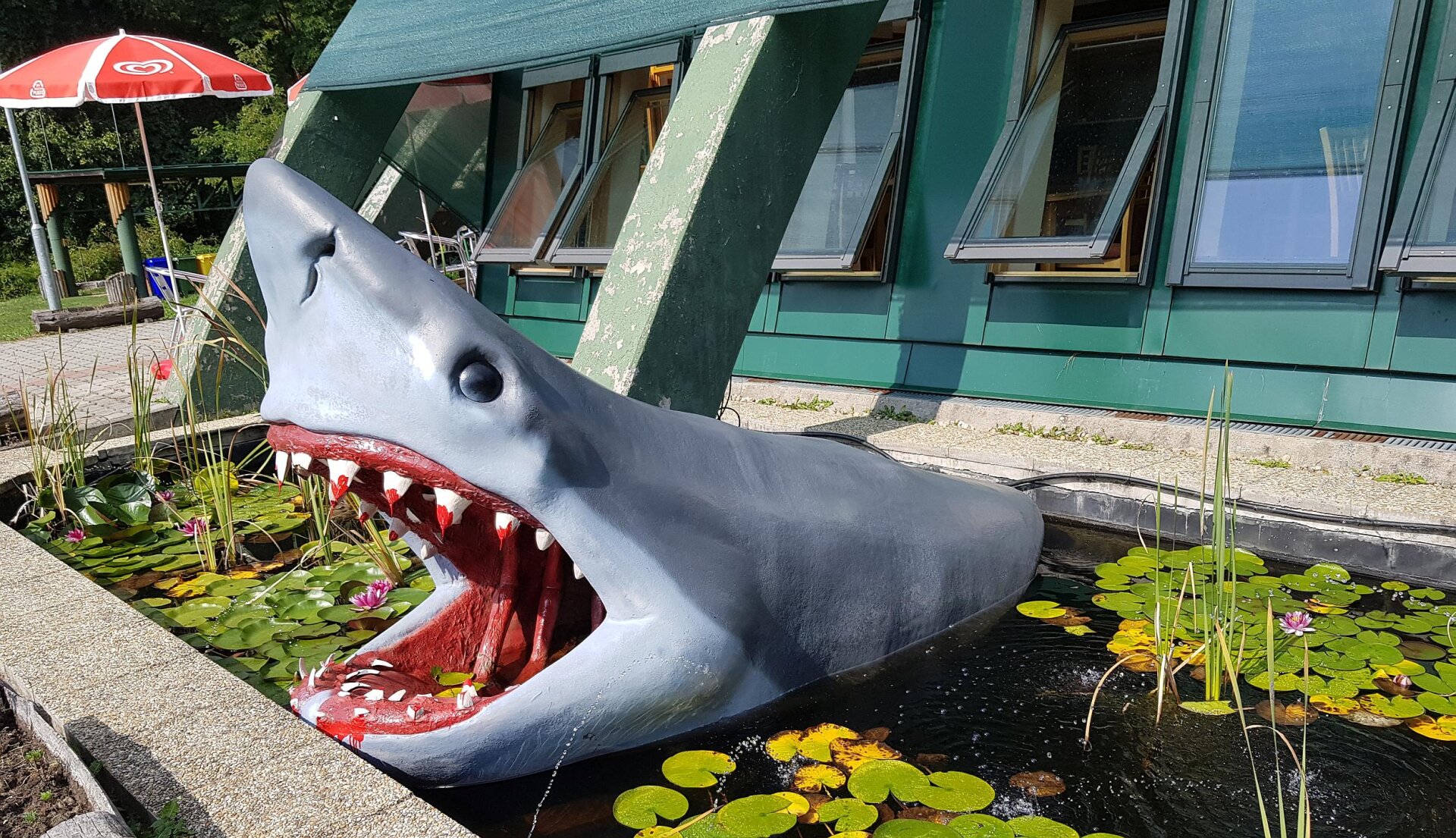
On May 29, a farmers' fair will be held under the covered filagory, where you can admire the products of local producers and artisans, as well as munch on crusty bread and ember-baked millet cakes.
The Volcano Day is held on June 1 all around the EGN, including our Site. The Ipolytarnóc Fossils were conserved by a supervulcanic catastrophe happened some 17 million years ago. That is why it got the nickname of the Prehistoric Pompeii.
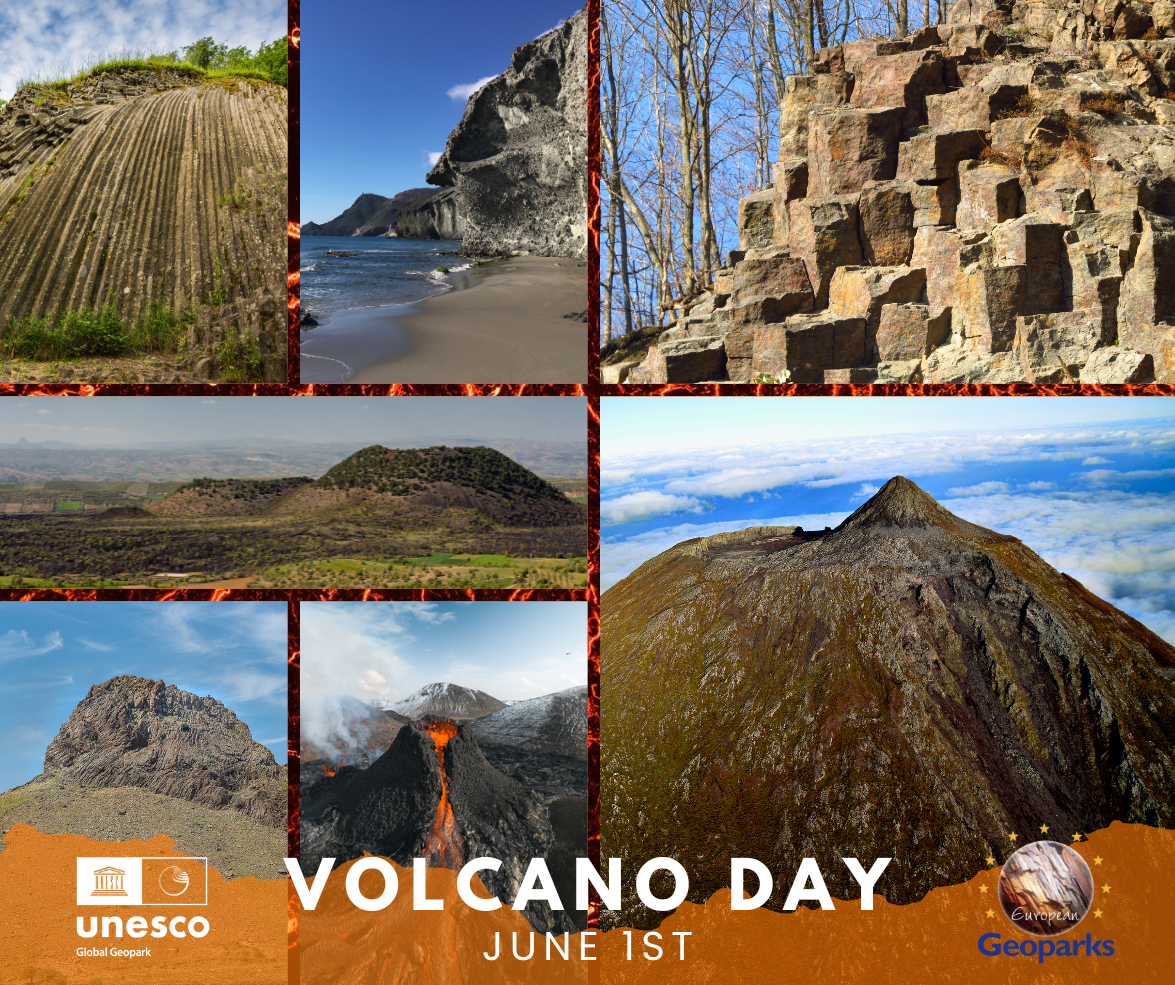
Rhyolite tuff above rhinoceros footprints at the geological trail
A 2 hour-long thematic guided tour starting from the visitor centre at 11 A.M. will commemorate the volcanism of the Carpathian-basin.
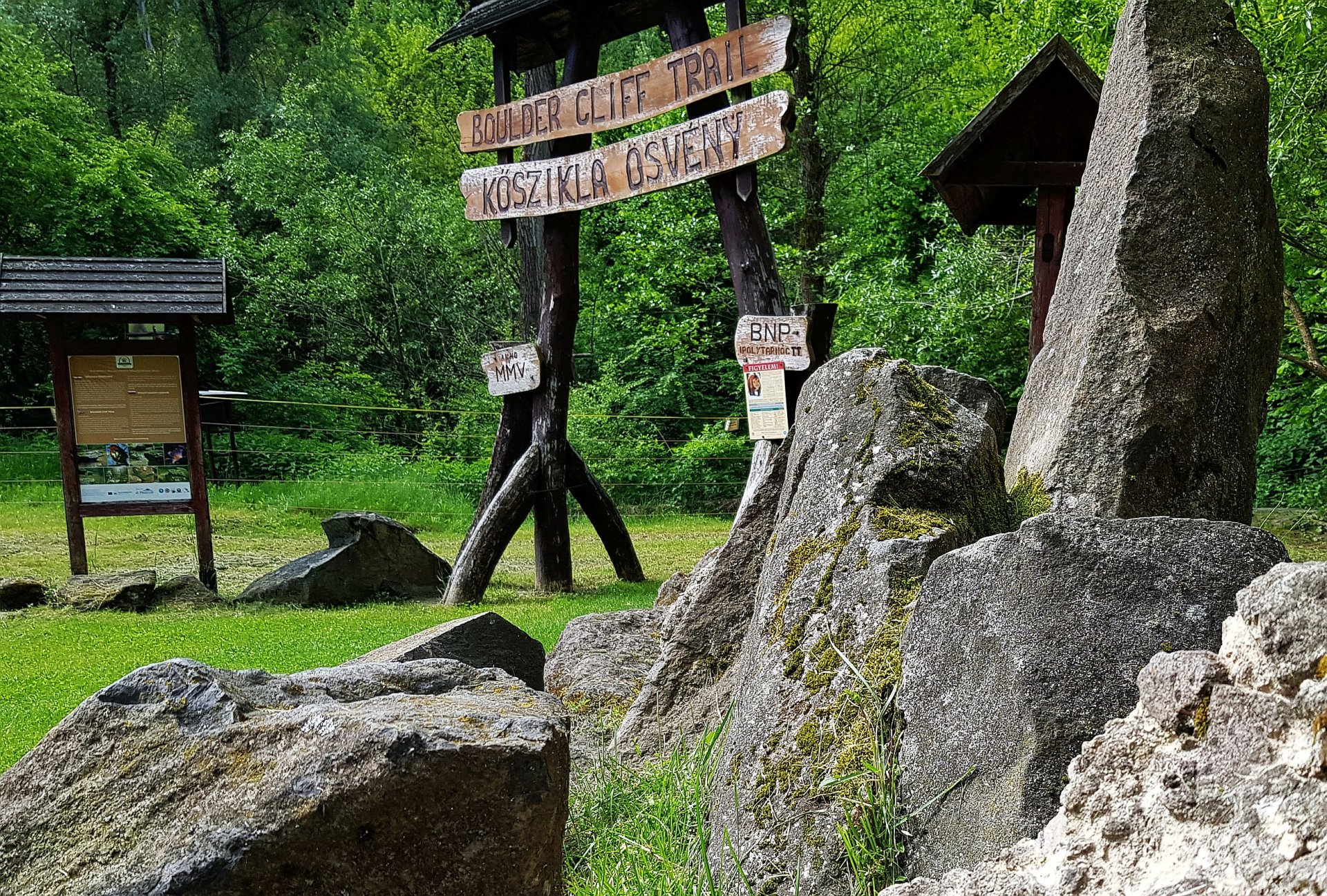 Andesite rocks on a study-trail
Andesite rocks on a study-trail
On June 3 a crossborder excursion will visit the Mucseny geosite on the Slovak side, where a molded tree-trunk cave is exposed from the incorporating rhyolite-tuff.
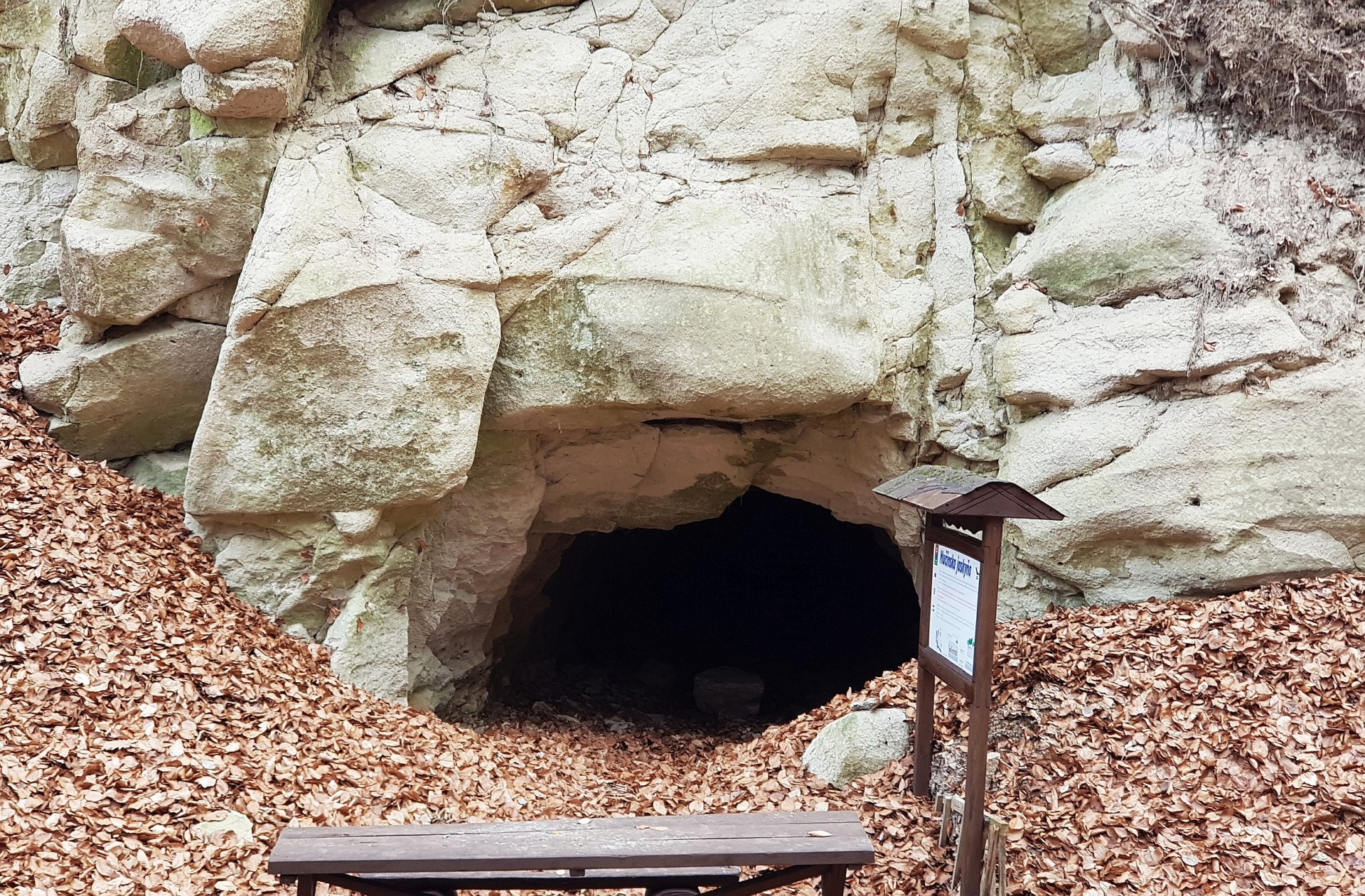 Only pre-registered participants can take part in the thematic tour (HUF 3,000 / person), the intention to participate can be indicated in an email received by ipolytarnoc@osmaradvanyok.hu by 2 June. Attention, the program will unfortunately be canceled due to the temporary border control in Slovakia that will come into effect on May 24th!
Only pre-registered participants can take part in the thematic tour (HUF 3,000 / person), the intention to participate can be indicated in an email received by ipolytarnoc@osmaradvanyok.hu by 2 June. Attention, the program will unfortunately be canceled due to the temporary border control in Slovakia that will come into effect on May 24th!
